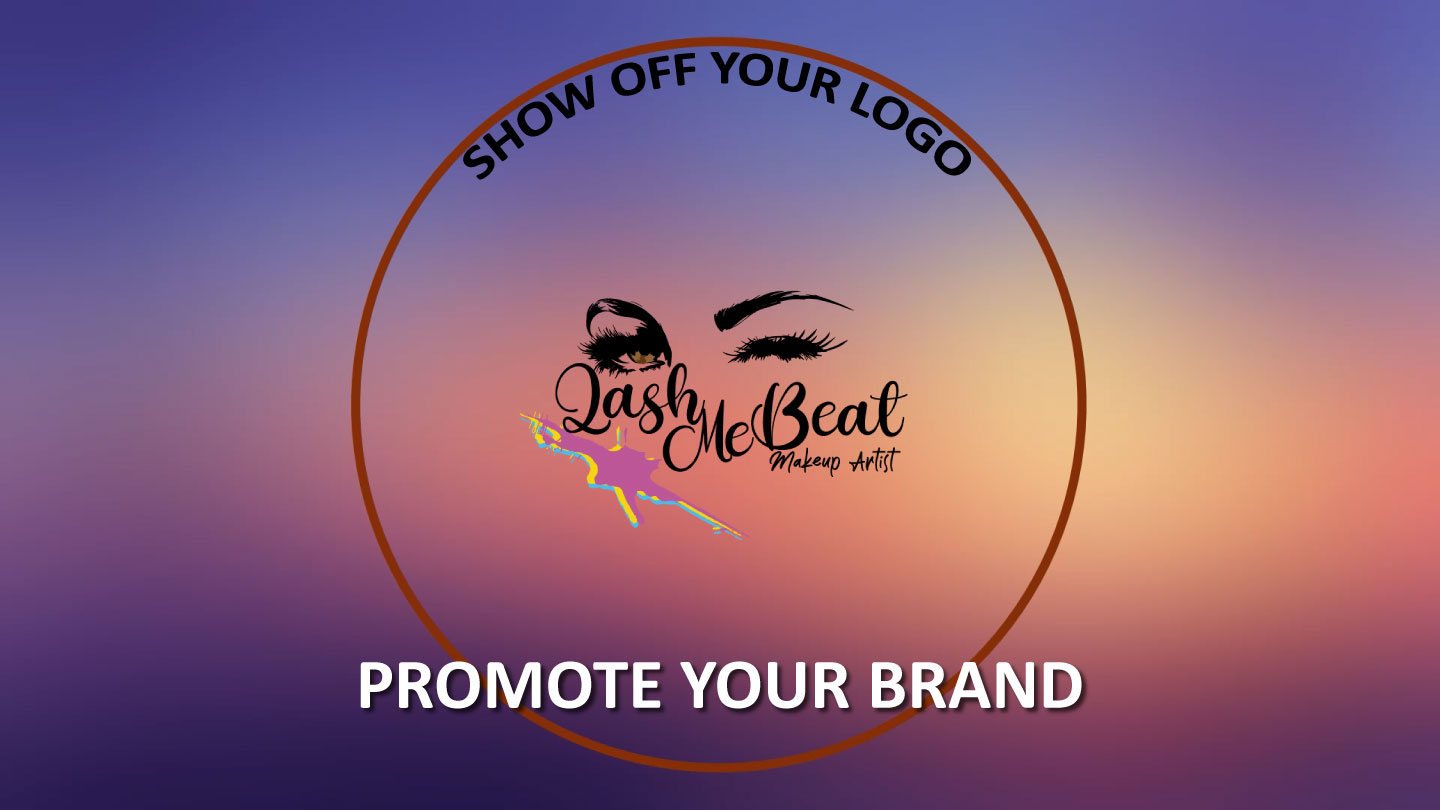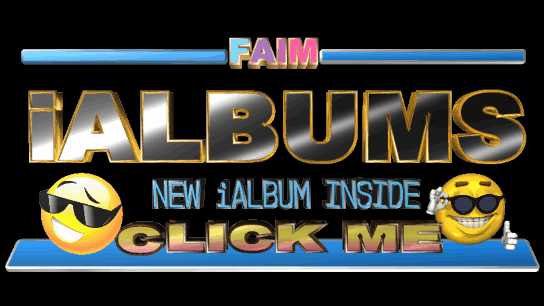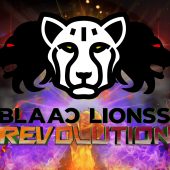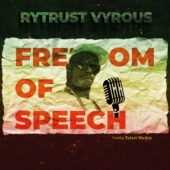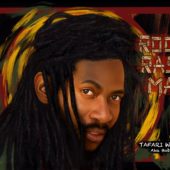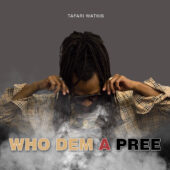Jamaicanising Jamaican Culture: Part 2
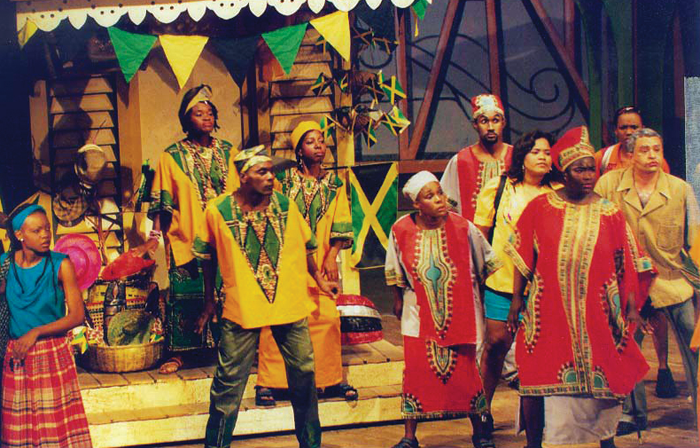
A burgeoning entertainment scene was growing rapidly by expansion of the means of listening to music. First, the transistor radio made it possible for anyone to own a cheap device which could receive music on radio. For those who wanted the party atmosphere, sound systems (discos) were assembled from the early 1950s using overpowering amplifiers and oversized speakers to create overbearing sound which could dominate a sizeable backyard or hall, and often much beyond.
This was the setting for playing popular jive, boogie, rock and roll, and rhythm and blues tunes which commanded the airwaves of powerful radio stations in Florida, Georgia and South Carolina, centres of “black” music which had entered the mainstream of American music. In Jamaica, the existing radio station Radio Jamaica and Rediffusion played American popular music and other western hits which the uptown market wanted, but far less so “black” music.

Jimmy Cliff
CLIFF: lead another wave of Jamaican entertainers to perform overseas
With the means of providing music in reasonably sized settings to an audience of fans that wanted more, the industry expanded, laterally. Sound system operators, the best known of which were Clement “Sir Coxsone” Dodd, Arthur “Duke” Reid, and Thomas “Tom the Great Sebastian” Wong, vied for crowd attendance by “discovering” little-known gems in archives abroad, chiefly boogie, rhythm and blues records, which had little or no previous exposure in Jamaica.
They dusted them off in the warehouses of recording companies, brought them to Jamaica, removed the labels, and gave them new lives with new names. The marketing strategy was to create heavy demand by excessive turntable play and by creating a shortage of supply, which allowed them to hike the prices based on scarcity.
Eventually, as the popularity of each record waned, prices would decrease and quantities of sales would increase. With this strategy, a few “producers” controlled the market. But there were two other forces affecting supply which emerged towards the end of the decade of the 1950s, which would break up the cartel and establish a genuine market, thus laying the foundation for the explosion of music compositions and recordings.
Young Jamaicans with talent, mostly inner-city youths, hearing the tunes popularised on radio and sound systems, started to compose their own tunes. At first, the beat was any of the popular rhythms: jive, boogie, and rhythm and blues.
Laurel Aitken and Theophilus Beckford were the early stars of this burst of creativity. Then, sound system operators picked up the challenge and, in seeking exclusivity to popularise their dances, began to encourage the introduction of a Jamaican beat for Jamaican compositions. Coxsone was prominent among those taking credit for the emergence of the first truly Jamaican popular rhythm — the ska.
Prior to that, I had produced a local hit, Manny Oh, on vinyl. Other records then produced were on acetate which allowed limited play, fitting into the sound system marketing strategy of short supply and high prices. Once Manny Oh was produced vinyl, on a durable material capable of countless plays, it was released in quantities and sold at the normal record prices.
Composers/singers realised the potential for increased royalties, or other payments, through wider circulation. This became their choice of recording, forcing abandonment of acetate for vinyl and a switch from a small, closed operation to a wide open industry.
With this base, the Jamaican music industry was born: Jamaican composers, Jamaican singers, and Jamaican rhythms — all that was needed now was Jamaican star performers. This was not long in coming.
By 1964 the stars were beginning to shine. The first to reach the top was a hit song, not a Jamaican composition, a cover of the original Barby Gaye rhythm and blues number one hit, My Boy Lollipop, sung by a baby-voice Jamaican songstress, Millie Small. The remake of the hit was done in London on a Chris Blackwell label. It moved in three weeks to number two on the charts in the UK and the USA.

Millie Small
SMALL: her cover of the original Barby Gaye rhythm and blues number one hit My Boy Lollipop was the first Jamaican composition to get to the number three spot of all-time 1964 hits
Because the singer was a known Jamaican artiste and the rhythm easily adapted to ska, My Boy Lollipop was popularly treated as a Jamaican hit. Eventually, it reached the number three spot of all-time 1964 hits, behind the Beatles and the Rolling Stones. The Jamaican music industry was now on its way.
After the magnificent success of Lollipop I arranged a triumphant appearance for Millie Small at National Stadium where she lifted national pride to a new height with an overflowing crowd. Jamaican music lovers went wild with excitement, but not all Jamaicans.
There was uptown and downtown music. The more affluent uptowners, or those who had crossed the social barriers from downtown to establish themselves in residential areas, wanted little association with downtown. The distinction was a product of the colonial class system which continuously reinforced the social elitism and cultural superiority of all things originating from the “superior” colonial origins.
With Independence, ska was supercharging the music environment downtown, creating a flush of new music. Jamaicans, who recently migrated to England, wanted their own music. It was easy to export the recordings to England where they became known as the Blue Beat. Popularity in London jumped.
Millie Small’s hit pushed popularity further. Jamaicans began to take note and uptowners became more inclined to listen to the downtown products, since London was registering its appeal. The journey to popularity for ska was from downtown Kingston, to London, to uptown Kingston — an unnecessary social re-routing of many thousand miles.

The jacket of a Byron Lee and the Dragonaires album released in 1964. Lee, after hearing ska at Chocomo Lawn, marvelled at the unusual off beat rhythm, went back to his band, practised it and played the ska uptown.
Two other developments were needed to make ska nationally popular. First, it would have to be accepted at house parties uptown, where young people dominated the scene. The most popular uptown dance band, led by a friend of mine from school days, Byron Lee, played popular western tunes. I invited Byron to Chocomo Lawn in West Kingston, one of the pioneering venues for sound system dances which helped to propel the emergence of Jamaican music.
I had provided instruments for a small pop band for five teenage boys, none of whom could play any musical instrument. They quickly created a band known as The Victors, later to become the well known hit makers, The Techniques. They played ska for Byron and the usual crowd of teenagers who gathered every evening at Chocomo Lawn. Byron Lee marvelled at the unusual off beat rhythm. He went back to his band, practised it, and played Ska uptown.

Desmond Dekker
DEKKER: his hit song Israelites topped the chart in London and later was among the top 10 in New York
All foundation stones were now in place. The ska became national music. Soon enough, Jamaican artistes began to find greener fields in Britain. Desmond Dekker, one of the new stars in Jamaica, followed his hit Israelites (1969) to London, where it hit the top of the chart and later was among the top ten in New York. Part of the popularity was the title, which drew support from Jewish people, although the Israelites in reference in Dekker’s tune were poor Jamaicans who were suffering and wandering like biblical Israelites:
“ Get up in the morning
Slaving for bread sir
So that every mouth can be fed
Poor me, Israelites.”
After leaving Jamaica to reside in England, his production of hits suffered; he lost his roots. Jimmy Cliff led another wave of Jamaican stars, followed by Dennis Brown and eventually the immortal Bob Marley. Gradually, Jamaican music moved out of the ethnic category in the charts and became part of mainstream music.

Marley
MARLEY: was accorded two supreme accolades at the end of the century when the BBC named Exodus, Album of the Century, and the New York Times voted One Love, the Song of the Century, achievements unmatched by any other performer
Leaping much further forward, Bob Marley was accorded two supreme accolades at the end of the century when the BBC named Exodus, Album of the Century, and the New York Times voted One Love the Song of the Century, achievements unmatched by any other performer.
The first three years of the Independence decade had been a culturally exhilarating experience, establishing a rich and diverse product blended by the interaction of several national and racial strains and by traditional and contemporary cultural diversity. Together, these formed the dynamics of a new cultural identity. But the transformation did not end here. The process deepened the Afro centric content of the Jamaican product to enrich itself still further from its own roots.
When I attended the Grand Gala this year, it was a great pleasure to see the Jamaican content unfolding in a dominant role. At last it had reached the targeted position in Jamaican music of leading, not following.
In other areas, notably painting, some of the themes are emerging to make it a distinctive brand as it becomes more intuitive in styling. One by one the art forms are accumulating a Jamaicanised presence, making a bold statement to the world as it becomes more publicly acculturated.
Jamaican culture is now on a deliberate route.

Edward Seaga
— Edward Seaga is a former prime minister and is currently distinguished fellow at The University of the West Indies, and chancellor at the University of Technology, Jamaica.
Source: jamaicaobserver.com | by Edward Seaga









